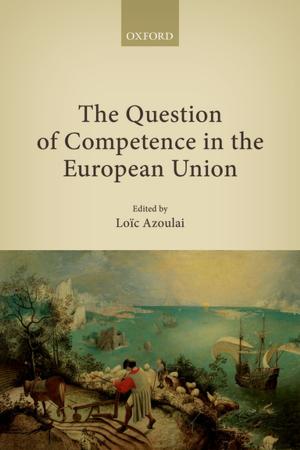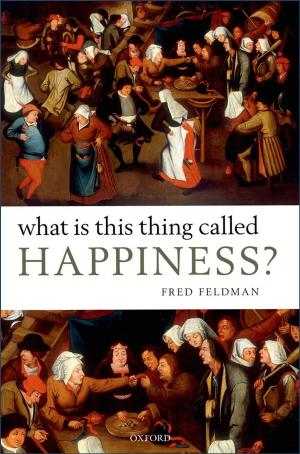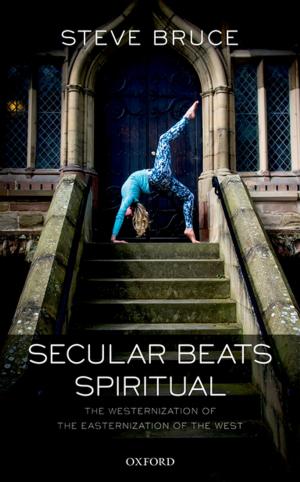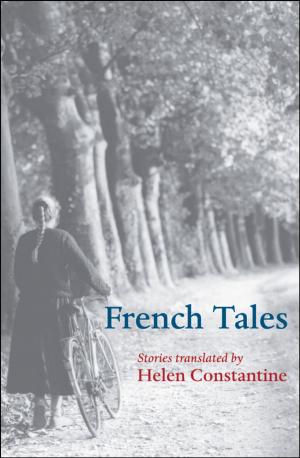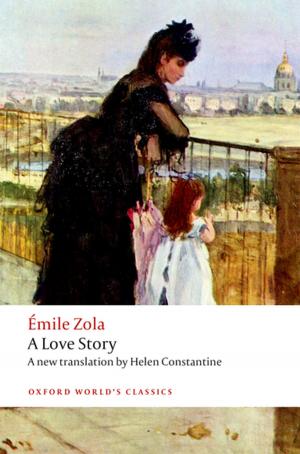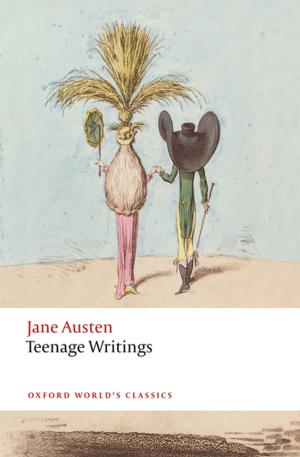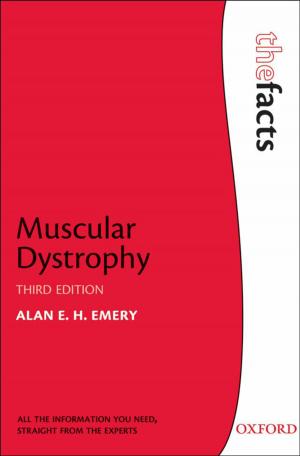| Author: | Simon Yarrow | ISBN: | 9780191087219 |
| Publisher: | OUP Oxford | Publication: | September 14, 2016 |
| Imprint: | OUP Oxford | Language: | English |
| Author: | Simon Yarrow |
| ISBN: | 9780191087219 |
| Publisher: | OUP Oxford |
| Publication: | September 14, 2016 |
| Imprint: | OUP Oxford |
| Language: | English |
The saints form a huge part of our world's history, on both a religious and secular level. Their shrines have attracted millions of pilgrims throughout the centuries, and their relics continue to be venerated today. In North America even atheists and non-Christians know to bury a statue of St Joseph in their yards for a quick sale of their property. In England there is a tradition that the weather on St Swithun's feast day (the 15th July) will continue for forty more days. On the 14th of February the love-struck and lonely-hearted of the world declare their crushes with a card or gifts to the object of their affections, signing in the name of St Valentine. But how did people become saints? What role does sainthood continue to play in our institutional beliefs and traditions? And how does their significance in the Christian ideology translate into other cultures and belief systems? Simon Yarrow introduces the origins of sainthood and sanctity, and examines the part the saints have played in our society and culture, from the ancient world to the modern day. Exploring the treatment of saints in literature and art, and the way they have been used in politics, he analyses them as examples of idealised male and female heroism. He concludes by considering the similarities between Christian Saints and holy figures in other religious cultures, including Islam, Buddhism and Hinduism.
The saints form a huge part of our world's history, on both a religious and secular level. Their shrines have attracted millions of pilgrims throughout the centuries, and their relics continue to be venerated today. In North America even atheists and non-Christians know to bury a statue of St Joseph in their yards for a quick sale of their property. In England there is a tradition that the weather on St Swithun's feast day (the 15th July) will continue for forty more days. On the 14th of February the love-struck and lonely-hearted of the world declare their crushes with a card or gifts to the object of their affections, signing in the name of St Valentine. But how did people become saints? What role does sainthood continue to play in our institutional beliefs and traditions? And how does their significance in the Christian ideology translate into other cultures and belief systems? Simon Yarrow introduces the origins of sainthood and sanctity, and examines the part the saints have played in our society and culture, from the ancient world to the modern day. Exploring the treatment of saints in literature and art, and the way they have been used in politics, he analyses them as examples of idealised male and female heroism. He concludes by considering the similarities between Christian Saints and holy figures in other religious cultures, including Islam, Buddhism and Hinduism.

